Concept of flood disasters
Flood disaster refers to the phenomenon of flooding and waterlogging in low-lying areas caused by heavy rain, heavy rain or continuous rainfall.Waterlogging mainly harms the growth of crops, causes crop reduction or failure, and destroys the normal development of agricultural production and other industries.The impact is comprehensive, it will also endanger the safety of people's lives and property, and affect the long-term stability of the country.
Two necessary conditions for disaster formation:
(1)Natural Conditions: flood is the direct cause of flood disasters. Disasters may occur only when the natural variation intensity of flood reaches a certain standard.The main influencing factors are geographical location, climatic conditions and topography.
(2) Socio-economic conditions: only when floods occur in places where human activities occur can they cause disasters.The areas most threatened by floods are usually the middle and lower reaches of rivers, which are often economically developed due to their abundant water resources, flat land.The threat of flood disaster will restrict the social and economic development and affect the safety of people's lives and property.
Types of flood disasters
Floods can be divided into river floods, lake floods, storm surge floods and so on. Among them, river floods can be divided into the following types according to their causes:
(1) Rainstorm flood: the most common and threatening flood, which is formed by heavy rainfall, also referred to as rainwater.
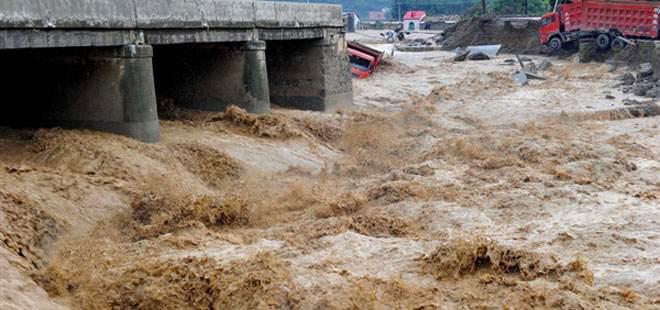
(2)Mountain torrent: it is a flood that rises and falls sharply in rivers.Mountain torrents are characterized by sudden, concentrated rainfall and strong destructive force, often accompanied by debris flows,landslides,collapse and other disasters.
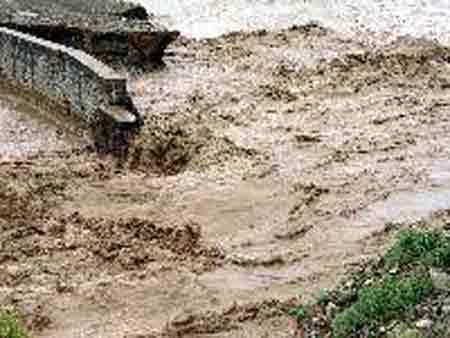
(3)Snow-melting floods: mainly occur in high-latitude snow-covered areas or mountain snow-covered areas.
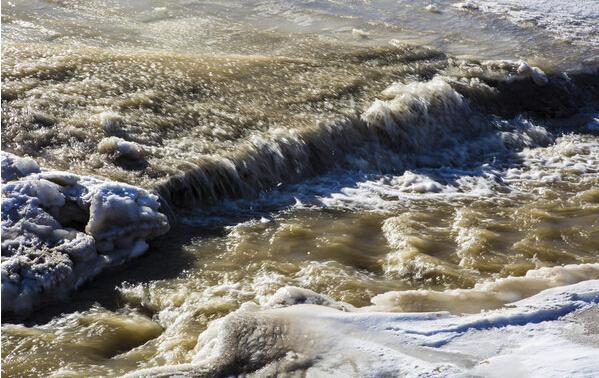
(4)Ice flood: often occurs in the Yellow River, Songhua River and other northern rivers.Due to a river section in the river flows from low dimension to high latitude, when the temperature rises, the upstream of the low latitude reaches thaws first, while the high latitude reaches are still frozen, the upstream water and ice accumulate in the downstream riverbed, forming ice dams, causing flooding;in addition, ice floods may occur when rivers are frozen.
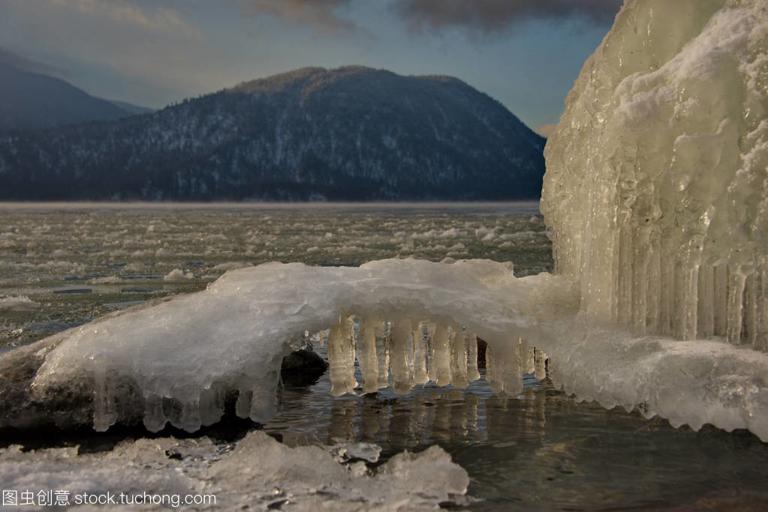
(5)Dam-break floods: floods caused by sudden break or collapse of dams or reservoirs.
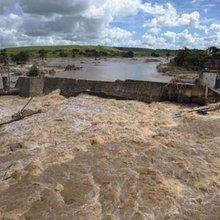
In addition, waterlogging can be divided into waterlogging and “closed-door waterlogging”.Waterlogging refers to excessive rainfall that cannot be discharged from rivers and causes waterlogging. “Closed-door waterlogging”refers to the regional waterlogging disaster caused by the high river water, which makes the lakes and depressions in the lower reaches of the tributaries unable to discharge water.
Reasons for frequent floods in China
This is closely related to China's climate and geographical conditions. China is located in the southeastern part of Eurasia, bordering on the Pacific Ocean to the east, spanning three latitudes: high, medium and low with obvious monsoon climate characteristics. In summer, the south wind blows and the air is humid,the rainfall mostly concentrates in summer, and mostly occurs in the form of rainstorm with high intensity.Not enough space on the ground to disperse or store the water in a short period of time which result in flooding.At the same time, the abnormal climate in recent years and unreasonable human production activities,blind reclamation and deforestation, sediment deposition in rivers and lakes, and land reclamation,which are also the causes of floods.
Temporal and spatial distribution of flood disasters
Floods are often distributed in densely populated areas with high agricultural reclamation, concentrated rivers and lakes, and abundant rainfall,such as, warm temperate zone and subtropical zone in the northern hemisphere. China and Bangladesh are the places with the most frequent flooding disasters in the world,also serious in the United States, Japan, India and Europe.According to historical statistics, the most serious flooding areas in China are mainly the southeast coastal areas, Hunan-Jiangxi areas and Huaihe River Basin,the secondary flood areas are the middle and lower reaches of the Yangtze River, Nanling, Wuyishan areas, Haihe and the lower reaches of the Yellow River, Sichuan Basin, Liaohe River and Songhua River areas.The northwest, Inner Mongolia and Qinghai-Tibet Plateau are the least flooded areas in China, followed by the Loess Plateau, Yunnan-Guizhou Plateau and Northeast China.Generally speaking, the general characteristics of flood distribution are more in the east and less in the west, more coastal areas and less inland areas, more plain lakes and less plateau mountainous areas, more mountains in the east and south, less in the west and north.
Harm of flood disasters
Floods and waterlogging disasters occur frequently, spread widely, come with ferocious force and great destructiveness, which not only flooded houses, caused a large number of casualties, but also took away all the goods in the residential areas, including grain, flooded farmland, destroyed crops, resulting in a substantial reduction in food production, then lead to famine.Floods can also damage factories, communications and transportation facilities, causing damage to various sectors of the national economy.Since the 21st century, great floodshave occurred in various countries of the world, resulting in the deaths of tens of thousands of people and the displacement of millions of people.
Flood disaster prevention measures include engineering measures and non-engineering measures.
(1) Flood control engineering measures: including river embankments, reservoirs,flooddiversion projects,flood storage,detention areas and river regulation projects.Strengthening embankments, strengthening embankment construction, river regulation and reservoir engineering construction are the direct measures to avoid flood disasters.
Flood control project is a long-term and arduous task, according to the natural and geographical conditions of the river basin, carry outcomprehensive harnessing, build embankments,renovate river courses, and engineering measures of storage, discharge, stagnation and grading should be taken reasonably.Build dikes along rivers to protect both sides from flooding, at the same time, measures such as river channel clearing and silting, and manual cutting and straightening are adopted to increase the flood discharge capacity of the reach.In the vicinity of key protected objects, flood diversion works of rivers should be built, flood storage and detention zones should be established, and joint use of rivers and dikes should be coordinated to ensure the safety of protected objects. Cities should focus on strengthening protection, improve flood control standards for embankments along rivers and large and medium-sized cities, and strengthen and raise embankments to meet the once-in-a-century standard, so as to meet the needs of urban economic development.
(2)Non-engineering measures: mainly through the restoration of vegetation to improve the climate and environment, do well in water and soil conservation. Afforestation, such as closing mountains to plant trees and returning farmland to forests, etc, also can promote the soil to absorb more water and weaken the direct erosion of the ground by rainstorm.Prevent soil erosion, avoid silting up lakes and rivers in the lower reaches, and ensure the discharge capacity of rivers and the flood storage function of lakes.Long-term and sustained implementation of soil and water conservation can fundamentally reduce the chances of flooding.
Self-rescue methods for flood disasters
(1) When a flood arrives, those who are too late to transfer should quickly move to hillsides, highlands, buildings, flood shelters and other places nearby, or immediately climb up roofs, high-rise buildings, big trees, high walls and other places for temporary shelter.
(2) If floods continue to rise and temporary shelters are difficult to protect themselves, they should make full use of the life-saving equipment prepared to escape, or quickly find some door panels, tables and chairs, wooden beds, large pieces of foam plastic and other floating materials to form rafts to escape.
(3) If surrounded by floods,try to contact the local government flood control department as soon as possible, report our position and danger, and actively seek rescue.
Note: Never swim to escape, do not climb electrified poles, iron towers, or to the roof of mud houses.
(4) If a person is involved in a flood, he or she must seize as much as possible the fixed or floating things to find an opportunity to escape.
(5) When the high-voltage iron tower tilts or the wire ends droop, must be quickly avoided to prevent electric shock.
(6) After the flood, we should do well in hygiene and epidemic prevention to prevent the epidemic.
Comment list ( 0 )
